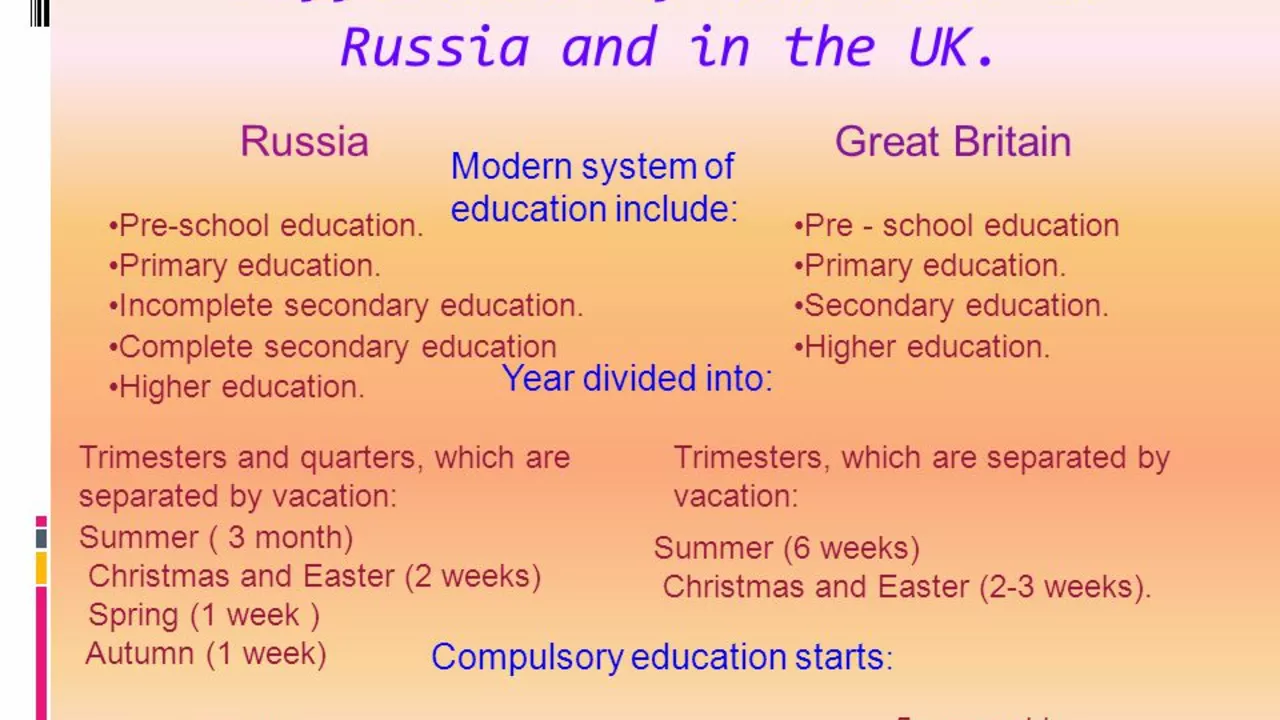Understanding Cultural Differences: What You Need to Know
Ever felt awkward when traveling or working with people from another country? Chances are you ran into a cultural difference. Those hidden rules – about greetings, personal space, or how direct you should be – can make or break a conversation. The good news is you can learn them fast. Below are real‑world tricks that work right away.
Spot the Simple Signals
First, watch how people greet each other. In the US a firm handshake works, while in Japan a bow is the norm. In many Middle Eastern cultures, a light touch on the arm shows friendliness, but in Germany a firm grip is expected. Notice the tone too: some places love a chatty style, others keep it short and to the point. When you match these small cues, you instantly gain trust.
Second, pay attention to eye contact. Direct eye contact signals confidence in the US and many European countries. In some Asian cultures, too much eye contact can feel aggressive, so a softer glance works better. Adjusting this one habit can keep you from seeming rude.
Communicate Without Confusion
Language barriers aren’t just about words. Idioms and jokes often get lost. Instead of saying, “Let’s touch base later,” try a plain statement like, “I’ll follow up tomorrow.” Clear language reduces misunderstandings, especially in video calls where accents are harder to catch.
When you need feedback, frame it in a way that fits the culture. In the US, saying, “I think we could improve this part” is fine. In collectivist cultures like India or Mexico, it’s nicer to start with a compliment: “Great work on the report; I have a few ideas to make it even better.” This softens criticism and keeps the team motivated.
Finally, respect time. Punctuality is critical in Switzerland and Japan, but meetings in Brazil often start later. If you’re not sure, ask: “What’s the usual start time for meetings here?” People appreciate the question and you avoid looking careless.
By watching these everyday habits – greetings, eye contact, plain language, feedback style, and time – you can navigate most cultural differences without a crash course. Try applying one tip each day and notice how conversations flow smoother.
Remember, cultural differences aren’t obstacles; they’re opportunities to learn new ways of thinking. The more you practice, the easier it gets. So next time you chat with someone from another background, keep these quick checks in mind and watch your connections strengthen.

What are the pros and cons of Indians living in Germany?
Living as an Indian in Germany is like riding a roller coaster, it's a thrilling blend of sauerkraut and samosas! On the bright side, you're plunged into a rich culture that values efficiency, cleanliness, and of course, Oktoberfest! The work-life balance is fantastic, punctuality is an art form, and the education system is top-notch. However, on the flip side, the German language can tie your tongue into a pretzel, and the weather can be as moody as a Bollywood diva. And let's not forget the challenge of finding a good spicy curry! So, it's a mixed bag, but always an adventure worth embarking on.
read more